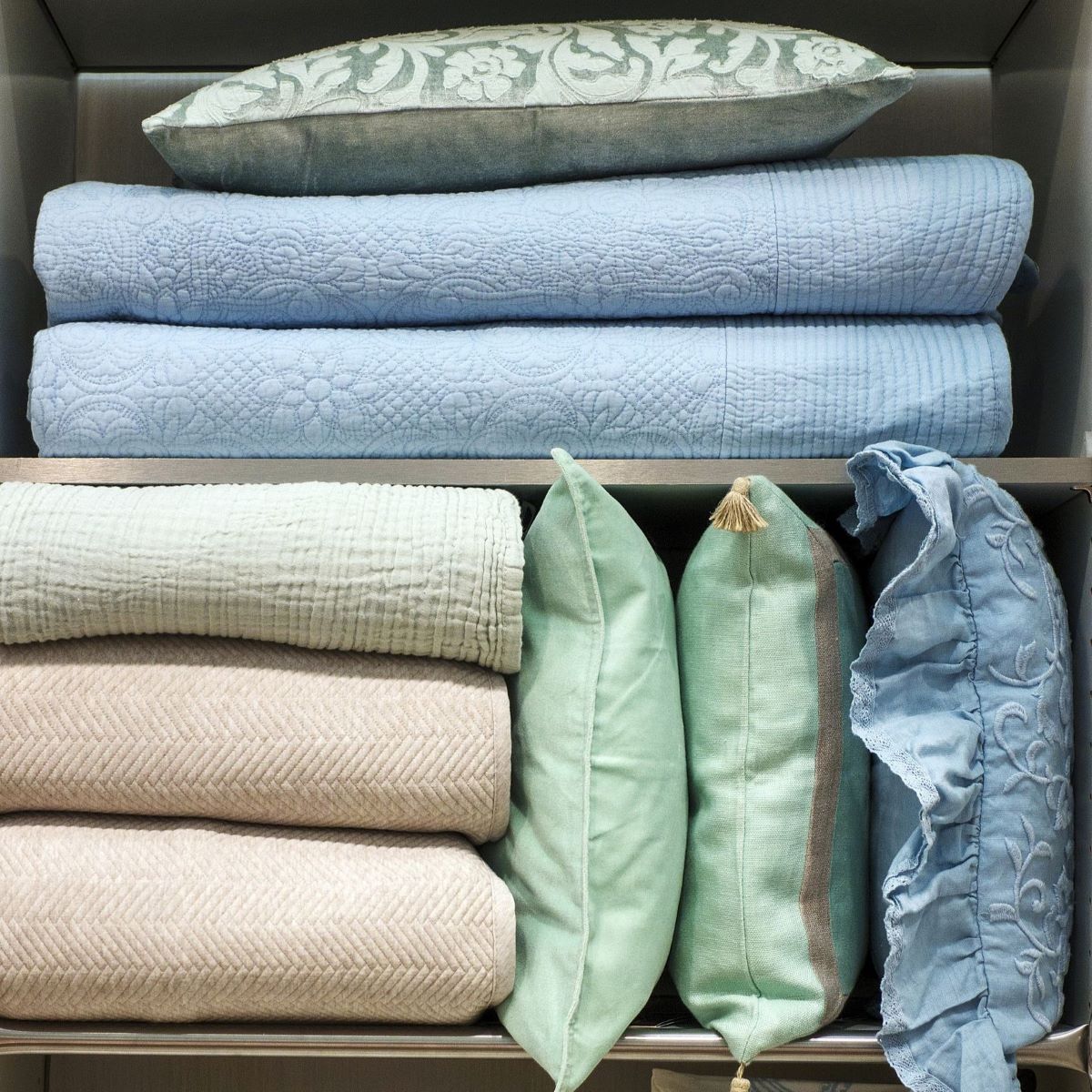

Articles
How To Store Linens In Closet
Modified: February 25, 2024
Learn the best way to store linens in your closet with these helpful articles. Maximize space and keep your linens fresh and organized.
(Many of the links in this article redirect to a specific reviewed product. Your purchase of these products through affiliate links helps to generate commission for Storables.com, at no extra cost. Learn more)
Introduction
Having a well-organized closet is essential for keeping your linens in top condition. Whether you have a large linen collection or just a few basics, knowing how to store linens properly can help preserve their quality and make them easily accessible when needed.
In this article, we will guide you through the process of storing linens in a closet. We will provide you with step-by-step instructions, tips, and tricks to help you efficiently organize your linens and maximize closet space.
By following these guidelines, you can create a tidy and functional linen storage system that will keep your linens fresh, wrinkle-free, and ready for use.
Key Takeaways:
- Efficiently organize your linens in the closet by decluttering, folding, and stacking them properly. Utilize shelf dividers, baskets, and vacuum-sealed bags to maximize space and maintain the quality of your linens.
- Create a well-organized linen storage system by hanging delicate fabrics, labeling categories, and maintaining linens regularly. Transform your closet into a functional and visually appealing space for easy access to your linens.
Read more: How To Store Bedding In Closet
Step 1: Clear Out and Prepare the Closet
The first step in storing linens in a closet is to clear out the space and prepare it for organizing your linens effectively. Start by removing all items from the closet, including clothes, accessories, and any other miscellaneous items.
Take the opportunity to declutter and evaluate the items you have removed. Separate them into categories such as clothes to donate, items to discard, and belongings to keep. This process will help you create more space and ensure that only essential items remain in the closet.
Once the closet is emptied, take some time to clean the shelves, rods, and other surfaces. Dust and wipe down any built-up grime or dirt. This will ensure a clean and fresh environment for storing your linens.
After cleaning, consider any necessary repairs or improvements to optimize the closet space. Replace broken rods or shelves, paint or line the shelves for a clean finish, and install additional hooks or racks if needed. These small enhancements can significantly improve the functionality and aesthetic appeal of your linen storage area.
By clearing out and preparing the closet, you will have a clean and well-maintained space ready for the next steps of organizing and storing your linens.
Step 2: Sort and Declutter Linens
Once you have a clean and prepared closet, the next step is to sort through your linens and declutter any items that are worn out, no longer needed, or taking up unnecessary space.
Start by gathering all your linens in one place. This includes bed sheets, pillowcases, duvet covers, bath towels, hand towels, washcloths, tablecloths, and any other linens you may have.
Next, assess each item individually. Look for signs of wear and tear, such as frayed edges, stains, or holes. Consider whether you still use and enjoy each piece. If an item is faded, damaged, or no longer serves its purpose, it is time to let go of it.
Separate your linens into different piles based on their condition and purpose. Create piles for linens to keep, linens to donate, and linens to discard. Only keep linens that are in good condition and that you will actually use.
Once you have sorted through your linens, take a moment to organize and fold each item neatly. This will make it easier to store them later on and help prevent unnecessary wrinkles.
Remember, decluttering is an essential step in organizing your linens effectively. By removing unnecessary or damaged linens, you create more space, allowing for a streamlined and efficient storage solution in your closet.
Step 3: Fold and Stack Linens Properly
Properly folding and stacking your linens is crucial for maximizing space and maintaining their condition. Follow these steps to ensure your linens are folded neatly and efficiently:
- Sheets: Lay the sheet flat on a clean surface. Fold the sheet in half lengthwise, matching the corners. Fold in half again if the sheet is large. Next, fold the sheet into thirds or quarters, depending on the size. Finally, fold the sheet into a small square or rectangular shape.
- Pillowcases: Flatten the pillowcase and smooth out any wrinkles. Fold the pillowcase in half lengthwise, matching the open edges. Fold in half again or roll it tightly to create a compact bundle.
- Towels: Start by folding the towel in half lengthwise. Fold it in half again or roll it tightly from one end to the other. This allows for easy stacking and saves space in the closet.
- Tablecloths: Lay the tablecloth flat and fold it in half lengthwise, matching the corners. Fold it in half again or continue folding it until it reaches the desired size for stacking.
- Other Linens: Follow a similar folding pattern for any other linens you may have, such as duvet covers, napkins, or hand towels. Fold them neatly and compactly to save space and maintain their condition.
When stacking the folded linens in your closet, organize them by category and size. Place larger items, such as bed sheets or tablecloths, at the bottom, and stack smaller items, like pillowcases or hand towels, on top.
To make it easier to access specific linens, consider using dividers or stacking bins to separate different types of linens within the same stack. This will help maintain the organization and prevent the stacks from toppling over.
By folding and stacking your linens properly, you will create a clean and organized closet space, allowing for easy browsing and retrieval of your linens whenever needed.
Step 4: Utilize Shelf Dividers or Baskets
To further optimize the organization and storage of your linens in the closet, consider utilizing shelf dividers or baskets.
Shelf dividers: Shelf dividers are great tools for separating different stacks of linens and preventing them from leaning or falling over. They can be easily installed on the closet shelves and provide a clear boundary between different categories of linens. With shelf dividers in place, you can keep your stacks neat and organized, even when retrieving items from the closet.
Baskets: Baskets are versatile storage solutions that can help create a visually appealing and functional linen storage system. Choose baskets that fit well on your closet shelves and use them to house smaller linens or linens that are used less frequently. You can also label the baskets for easy identification. Baskets not only keep your linens organized but also add a touch of style to your closet.
When using shelf dividers or baskets, make sure to group similar linens together. For example, you can have a basket for hand towels, another for washcloths, and another for extra pillowcases. This makes it easier to find what you need without disrupting the rest of the closet.
Remember to measure your closet space and the size of the shelf dividers or baskets before purchasing them. This ensures a proper fit and efficient use of the available storage area.
By utilizing shelf dividers or baskets, you can enhance the organization and accessibility of your linens, creating a visually pleasing and functional storage solution in your closet.
Store linens in the closet by folding them neatly to prevent wrinkles, using shelf dividers to keep stacks organized, and adding sachets or cedar blocks to keep them smelling fresh.
Read more: How To Store Linens Without A Closet
Step 5: Use Vacuum-Sealed Bags for Bulky Linens
If you have bulky linens such as comforters, duvets, or heavy blankets, utilizing vacuum-sealed bags is an excellent way to save space and protect them from dust, moisture, and pests.
Follow these steps to use vacuum-sealed bags for your bulky linens:
- Select the appropriate size: Choose vacuum-sealed bags that are large enough to accommodate the size of your linens while still leaving some room for the vacuum process.
- Prepare the linens: Make sure your bulky linens are clean and completely dry before packing them. Remove any decorative elements or detachable parts to ensure a more compact packaging.
- Fold or roll the linens: Fold the bulky linens as compactly as possible or roll them tightly to reduce the amount of air inside the bag. This will ensure a more efficient use of space.
- Load the linens into the bag: Place the folded or rolled linens into the vacuum-sealed bag. Be mindful not to overfill the bag and leave enough space for the vacuum process.
- Seal the bag: Close the opening of the bag tightly. Some vacuum-sealed bags may require you to use a zipper or slide the opening shut.
- Use a vacuum cleaner: Attach the nozzle of your vacuum cleaner to the designated valve on the bag. Turn on the vacuum cleaner and allow it to remove the air from the bag, compressing the bulky linens in the process.
- Seal the valve: Once the air is fully removed, quickly remove the vacuum nozzle and seal the valve tightly. This ensures that no air can enter the bag and disrupt the vacuum-sealed state.
By using vacuum-sealed bags, you can significantly reduce the volume of your bulky linens, making them easier to store and maximizing the available space in your closet.
Remember to store the vacuum-sealed bags in a dry and cool area of your closet and avoid placing heavy objects on top of them. This will help maintain the integrity of the vacuum seal and protect your linens.
Step 6: Hang Delicate and Large Linens
For delicate and large linens like formal tablecloths, delicate fabric curtains, or oversized blankets, hanging them is the best way to preserve their quality and prevent them from wrinkling or getting damaged.
Follow these steps to hang delicate and large linens in your closet:
- Choose the appropriate hangers: Opt for sturdy and padded hangers to prevent any damage to delicate and fragile fabrics. Padded hangers provide cushioning and avoid unnecessary creasing.
- Ensure proper support: Use wide hangers or specialty hangers with grip features for heavy linens to ensure they are fully supported without stretching or sagging.
- Hang with care: Gently drape delicate linens over the hanger, taking care not to create any sharp creases. For large linens, fold them in half lengthwise and then drape them over the hanger.
- Space them out: Allow enough space between hung linens to prevent overcrowding and minimize the risk of wrinkles or damage.
- Protect with garment bags: If desired, you can use breathable garment bags to cover delicate linens further. The garment bags will protect them from dust and light exposure.
When hanging delicate linens, it’s essential to choose a closet area away from direct sunlight to prevent fading or discoloration. Additionally, make sure the linens are not near any heat sources, such as radiators or vents, to maintain their integrity.
By hanging delicate and large linens, you not only preserve their quality but also make them easily accessible and visible, avoiding any unnecessary wrinkles or damage that may occur when folded or stacked with other linens.
Step 7: Label and Organize Linen Categories
To maintain a well-organized linen closet, it is essential to label and categorize your linens. This step will help you quickly locate the specific linens you need and maintain the overall organization of your closet.
Follow these guidelines for labeling and organizing your linen categories:
- Identify your linen categories: Assess your collection of linens and determine the main categories that make sense for your needs. Common categories can include bed sheets, pillowcases, bath towels, tablecloths, and blankets.
- Select labeling method: Choose a labeling method that works well for your linens. You can use adhesive labels directly on the shelves, label holders attached to baskets or bins, or hang tags attached to hangers for hanging linens.
- Label each storage area: Assign a designated shelf, drawer, or section of your closet to each linen category. Use the appropriate label or tag to clearly mark the storage area so you can easily identify and return linens to their proper location.
- Maintain consistency: Ensure that you consistently adhere to your categorization system, placing each type of linen in its designated storage area. This practice will help maintain the organization and make it easier to find and access the linens you need.
- Review and adjust: Regularly review your labeled categories and adjust them as needed. As your linen collection evolves, you might find the need to add or modify categories to accommodate new additions.
By labeling and organizing your linen categories, you create a systematic approach to locating and returning linens to their designated spaces. This saves you time and effort and ensures that your linen closet remains tidy and well-maintained.
Step 8: Maintain and Refresh Linens Regularly
To keep your linens in the best possible condition and ensure they are always ready for use, it’s important to establish a routine for maintaining and refreshing them regularly. Follow these steps to maintain and refresh your linens:
- Wash linens regularly: Establish a regular washing schedule for your linens to keep them fresh and clean. Follow the care instructions on the labels of each linen item to ensure proper cleaning methods.
- Rotate linens: To prevent linens from sitting in the closet unused for an extended period, rotate them regularly. This helps distribute wear and allows you to enjoy all your linens.
- Air out linens: Occasionally, air out your linens by taking them outside on a sunny day. Sunlight can help naturally freshen and deodorize linens.
- Replace worn-out linens: Assess your linens periodically and replace any that show signs of excessive wear and tear. This will help maintain a high-quality collection.
- Consider seasonal storage: If you have linens that are specific to certain seasons or occasions, consider storing them separately. This declutters your closet and keeps the appropriate linens easily accessible.
- Refresh with natural fragrances: Keep your linens smelling fresh by adding natural aroma boosters like lavender sachets or scented drawer liners. These can provide a pleasant fragrance to enhance your linen storage.
By incorporating these maintenance and refreshing steps into your linen care routine, you can extend the lifespan of your linens and ensure they are always in excellent condition.
Remember, regular maintenance not only keeps your linens fresh and usable but also helps you stay organized and aware of any linens that may need replacing or updating as time goes on.
Read more: How To Store Bath Towels In Closet
Conclusion
Storing linens in a closet can be a simple and efficient process when you follow the right steps. By clearing out and preparing the space, sorting and decluttering your linens, folding and stacking them properly, utilizing shelf dividers or baskets, using vacuum-sealed bags for bulky linens, hanging delicate and large linens, labeling and organizing linen categories, and maintaining and refreshing your linens regularly, you can create a well-organized linen storage system that maximizes space and keeps your linens in pristine condition.
Remember to use proper techniques for folding and stacking linens, hang delicate fabrics to prevent wrinkles, and make use of tools like shelf dividers and baskets to optimize your closet’s space. Utilizing vacuum-sealed bags can significantly save space for bulky linens, while regular maintenance and refreshing routines will keep your linens fresh and ready for use.
With a well-organized linen closet, you’ll have easy access to your linens whenever you need them, and you’ll be able to maintain their quality for years to come. By following these steps and implementing effective storage practices, you’ll transform your linen closet into a functional and visually appealing space.
So, take the time to organize your linens in the closet today, and enjoy the convenience and satisfaction of having a well-ordered linen collection at your fingertips.
Frequently Asked Questions about How To Store Linens In Closet
Was this page helpful?
At Storables.com, we guarantee accurate and reliable information. Our content, validated by Expert Board Contributors, is crafted following stringent Editorial Policies. We're committed to providing you with well-researched, expert-backed insights for all your informational needs.
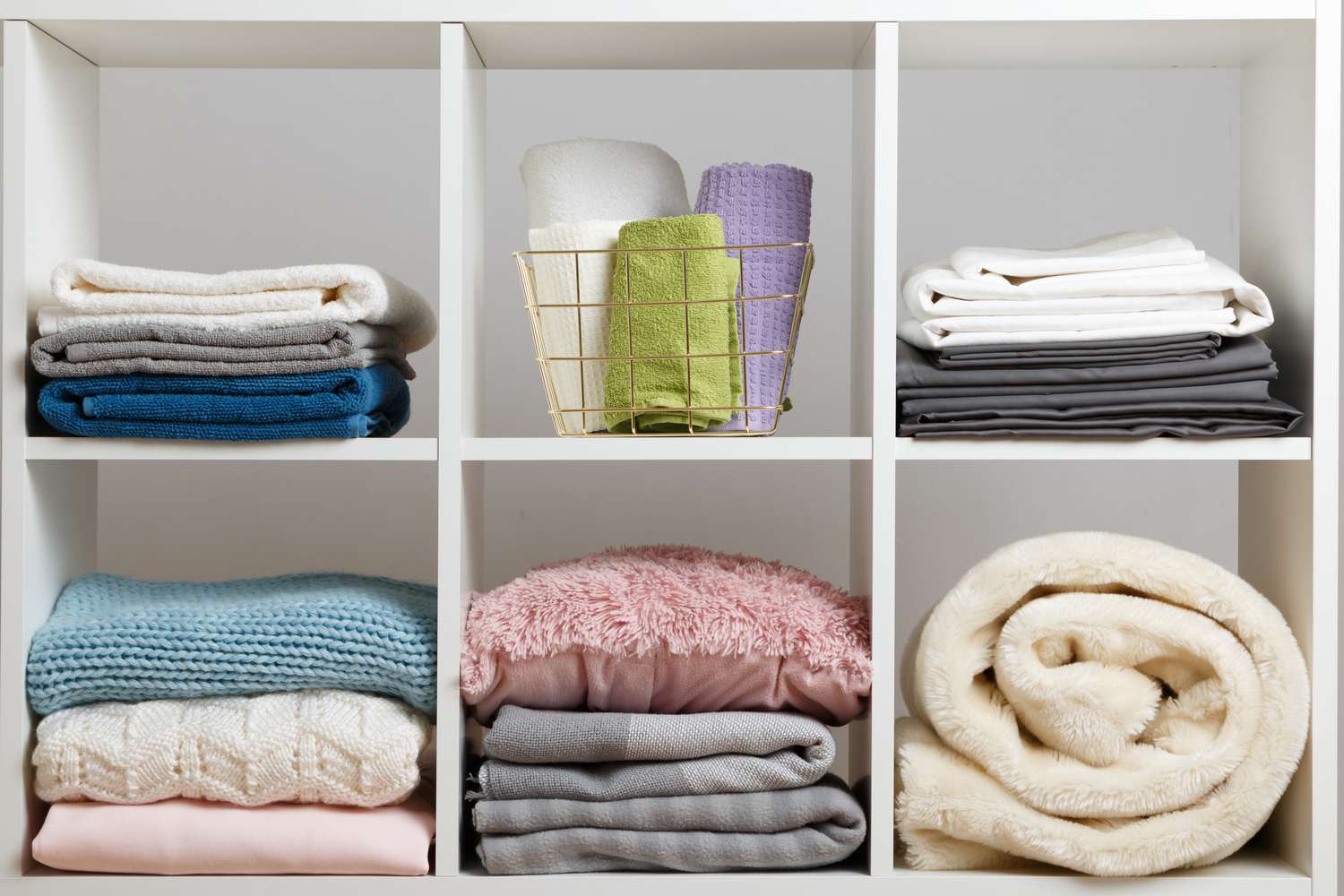
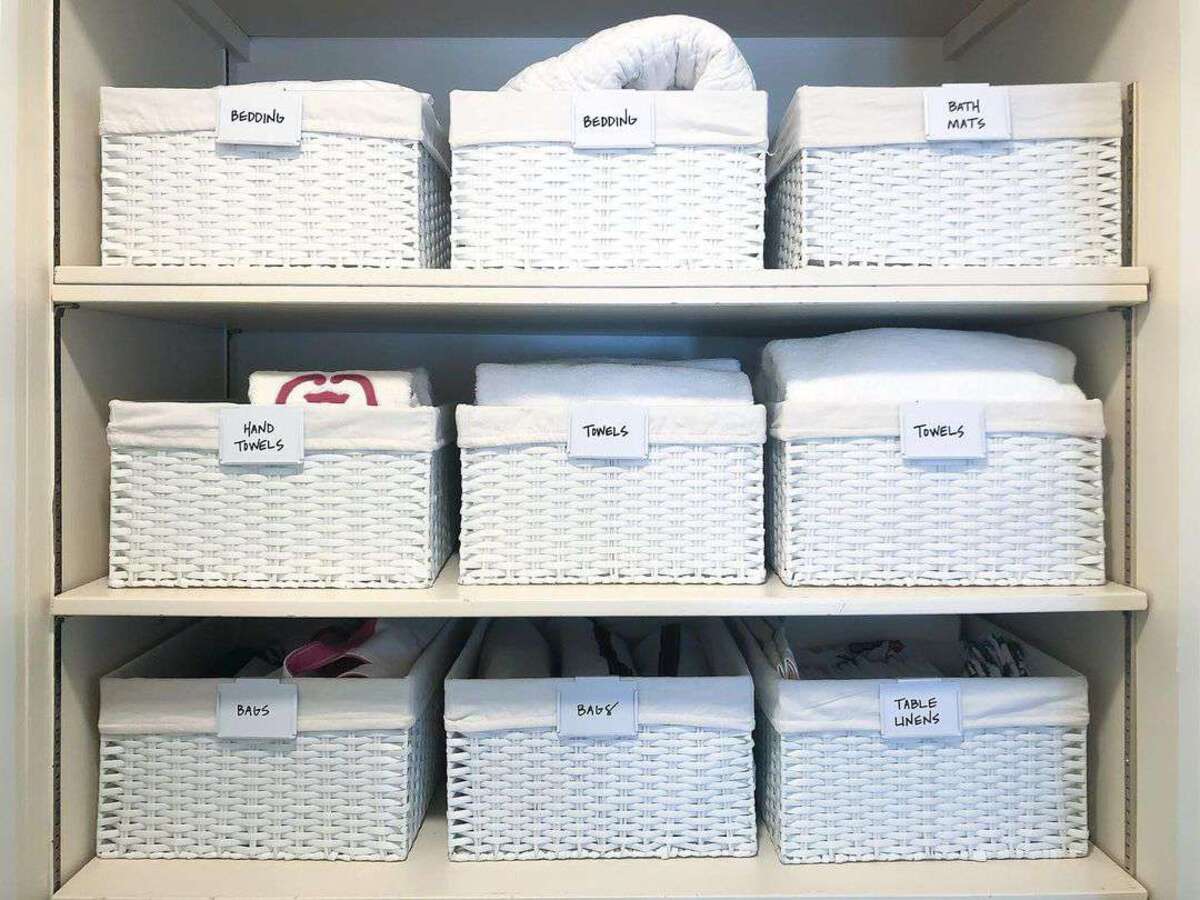
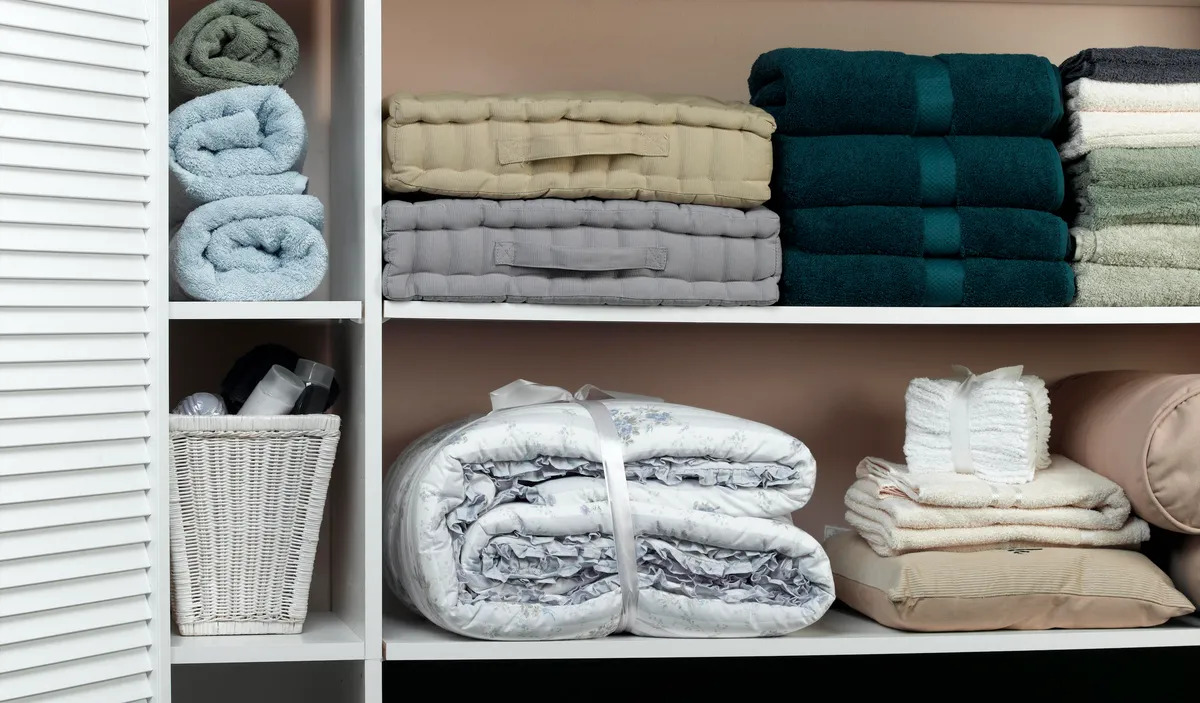
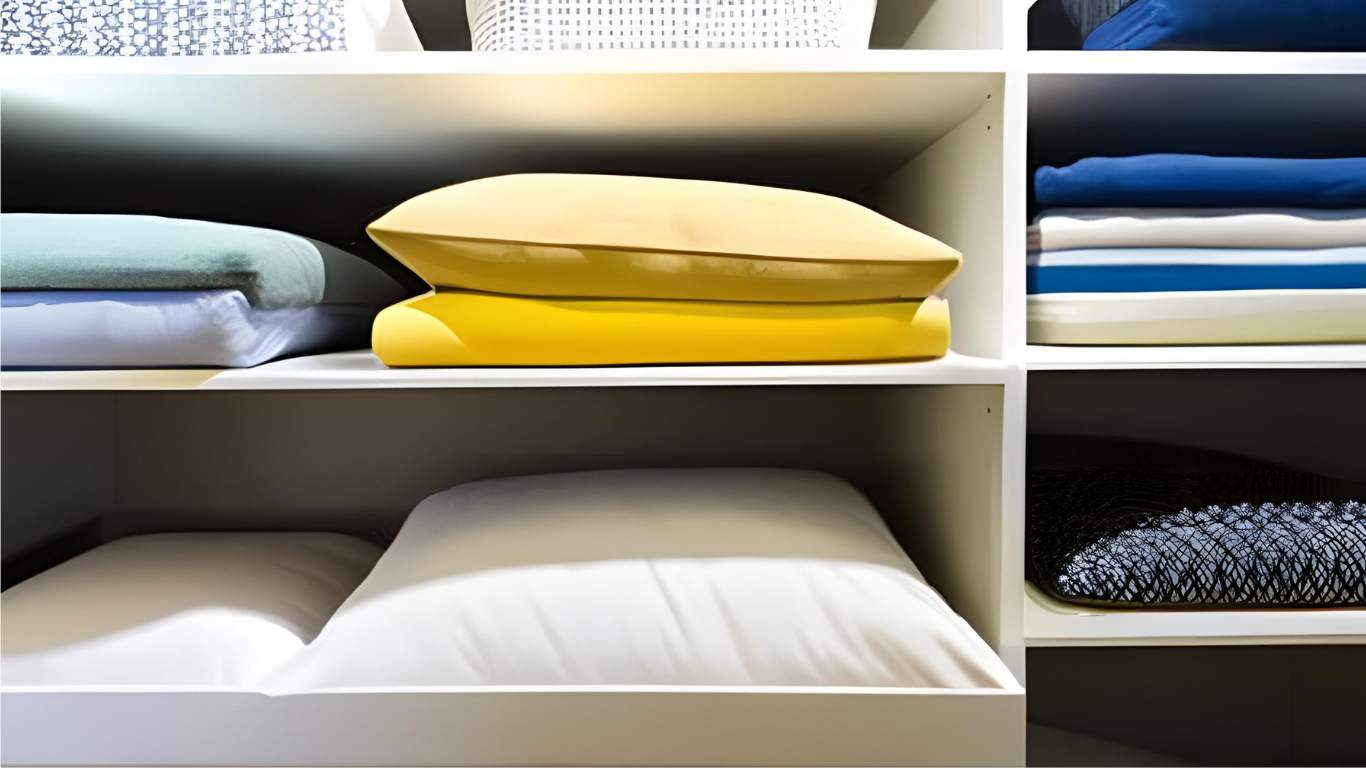
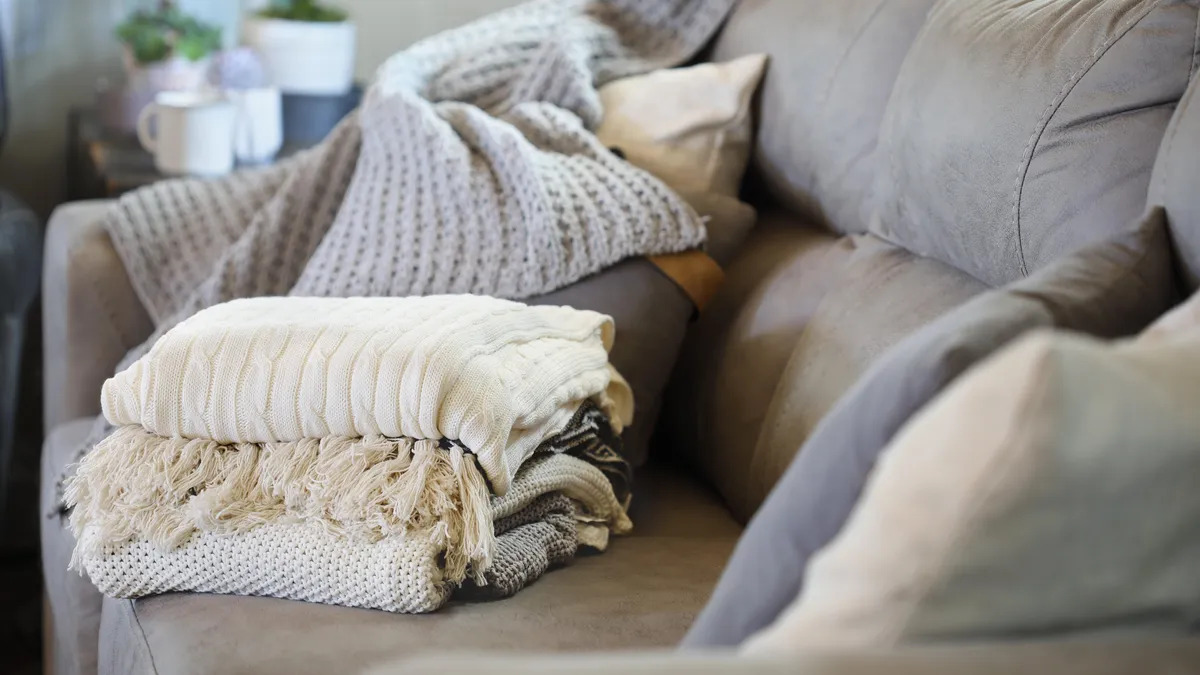
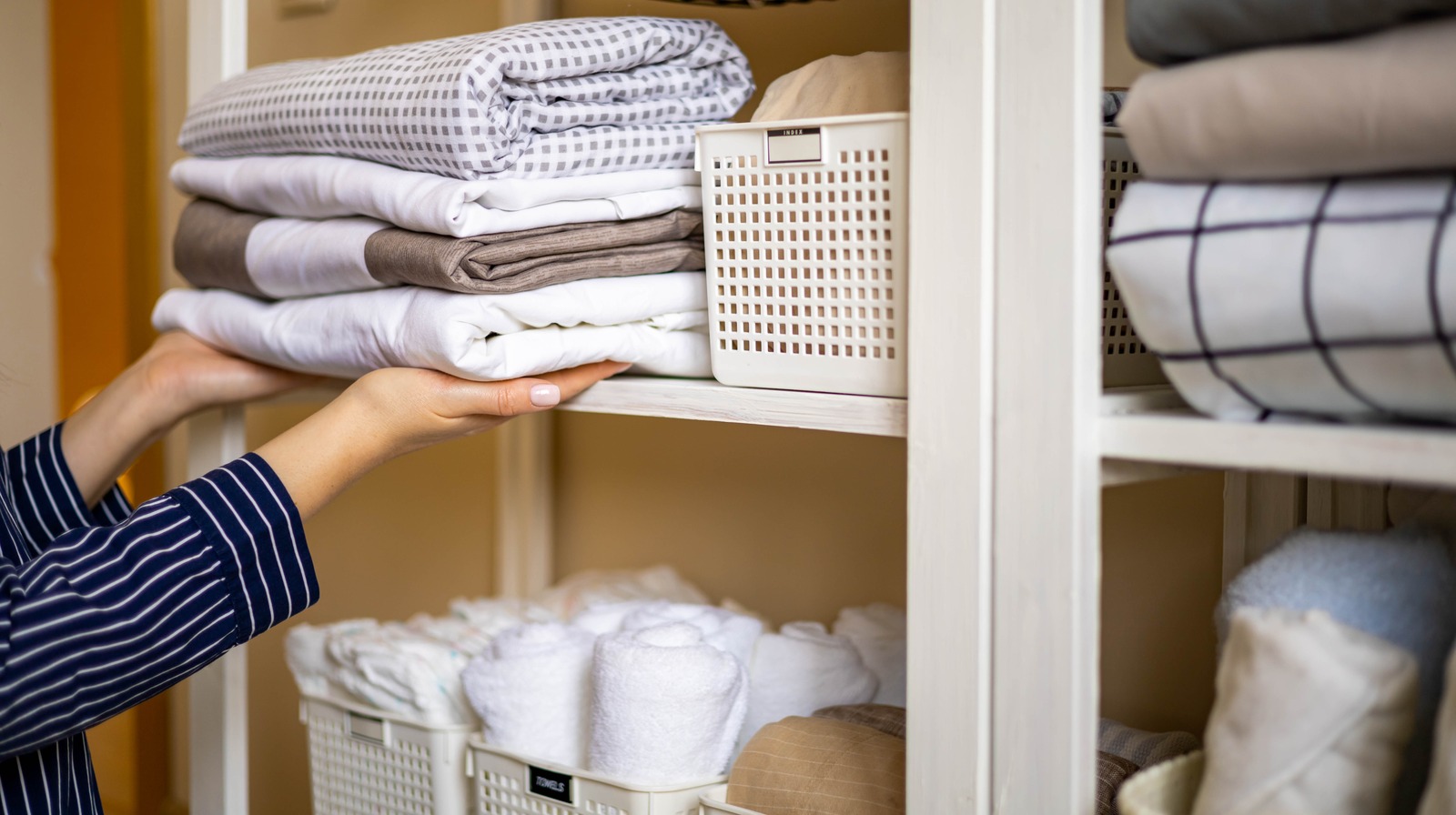
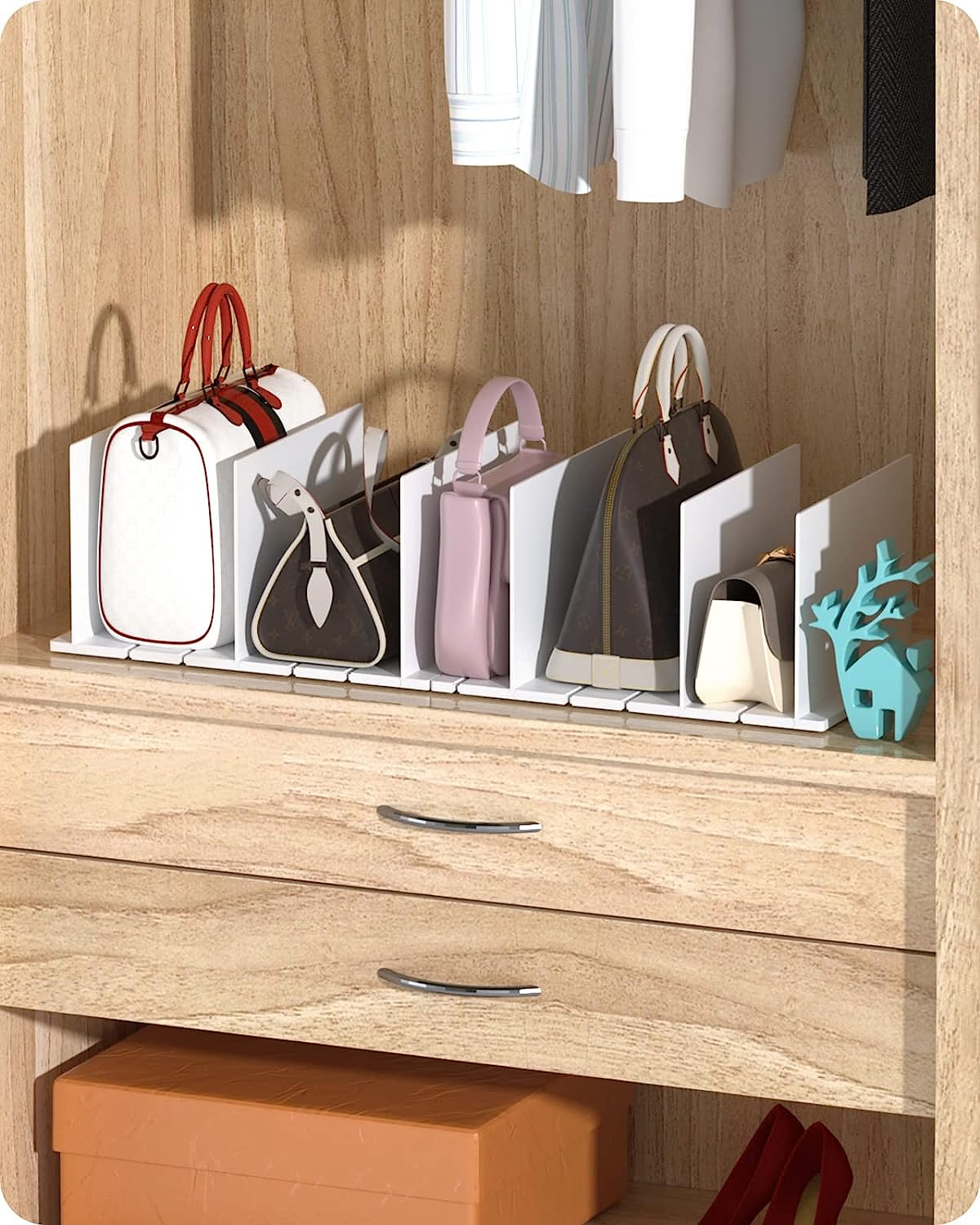
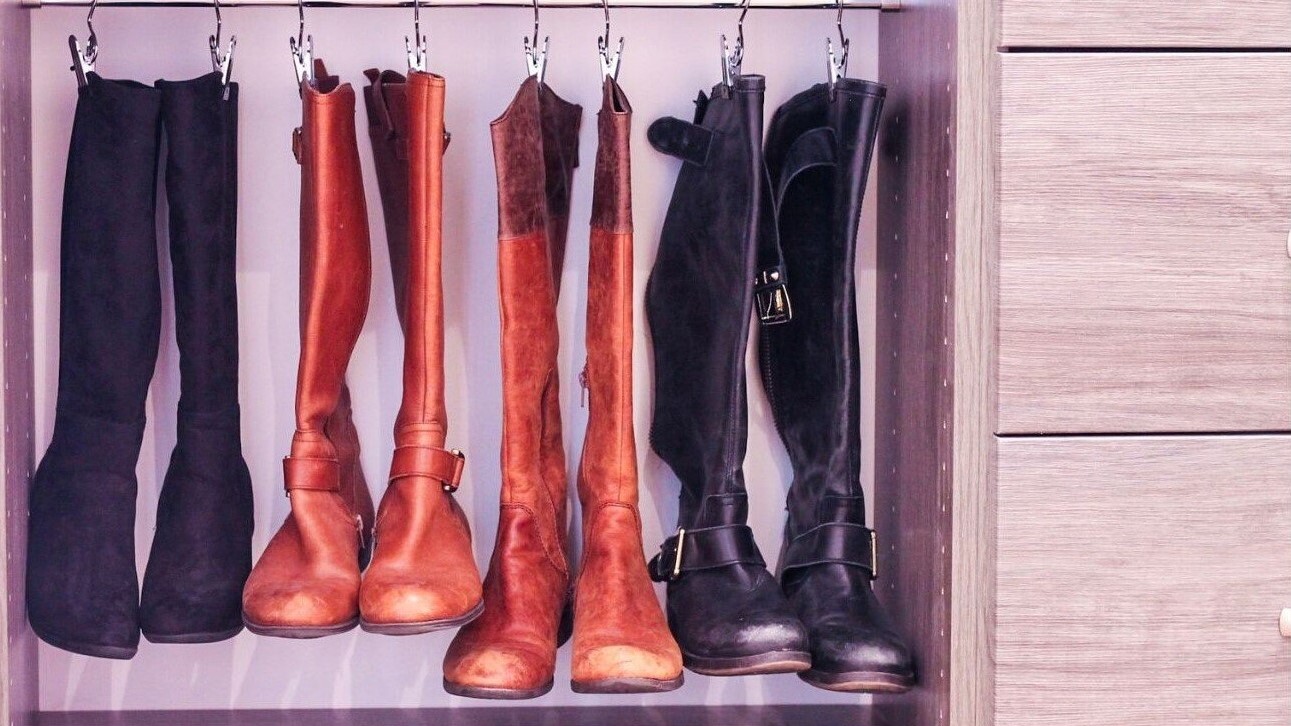

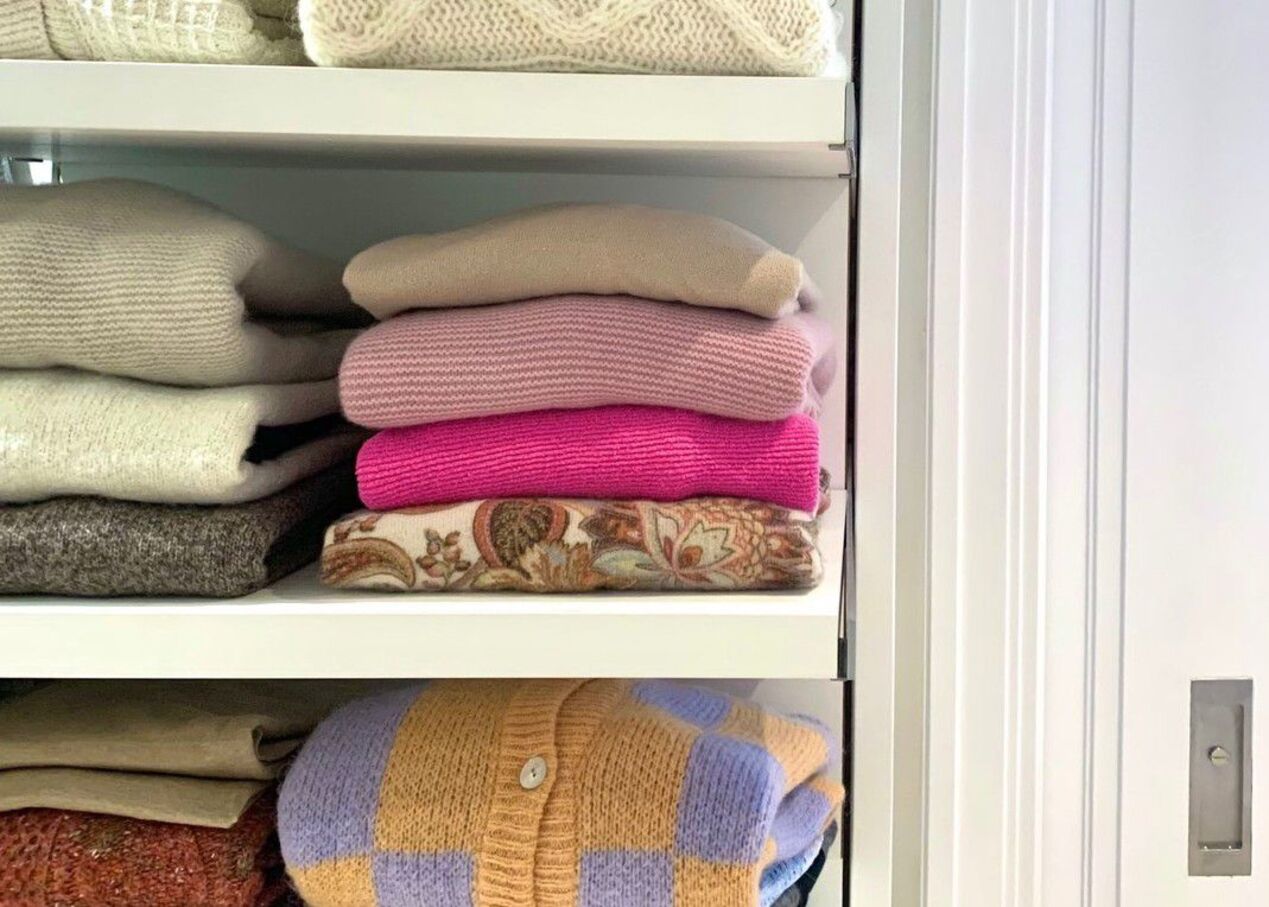
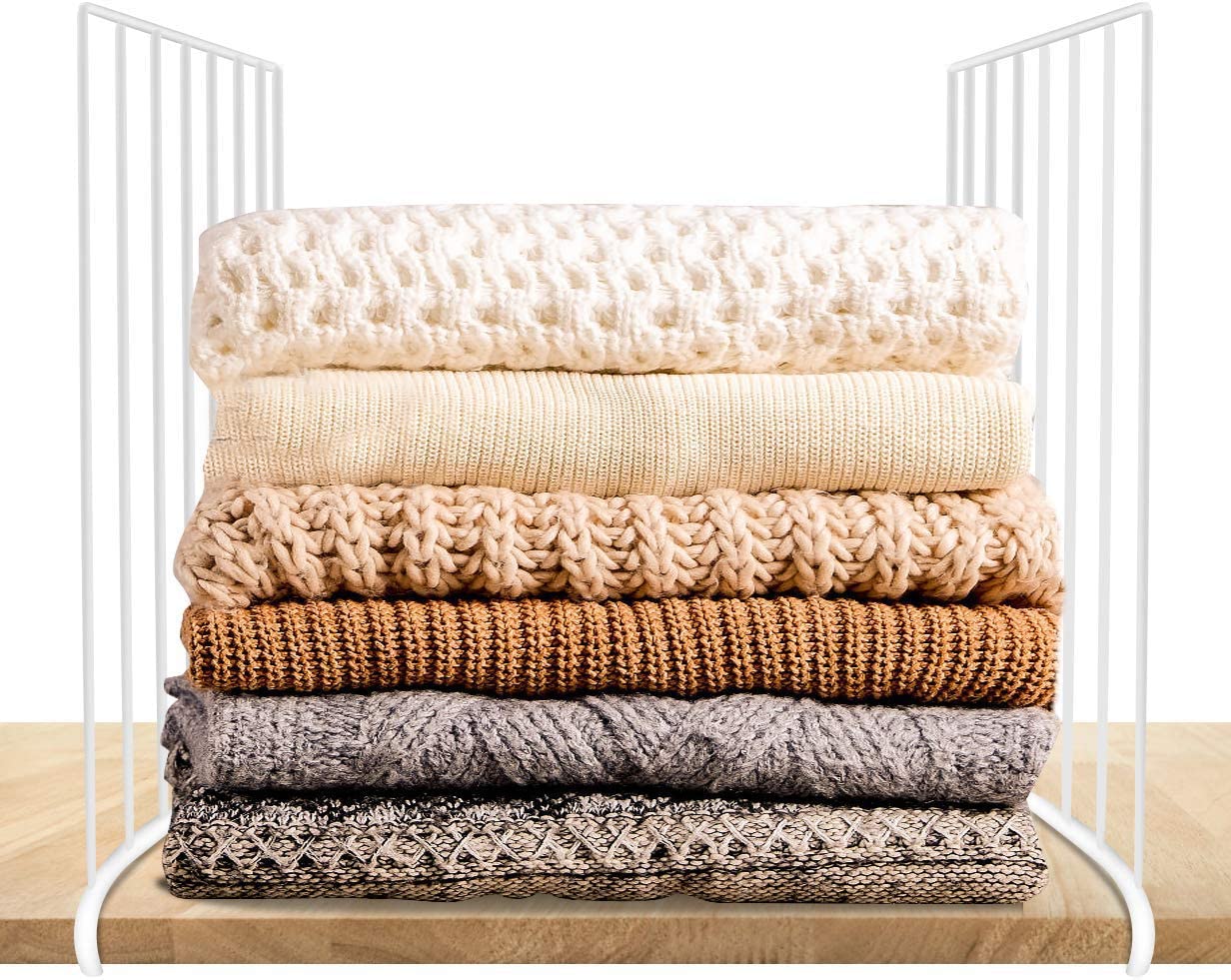
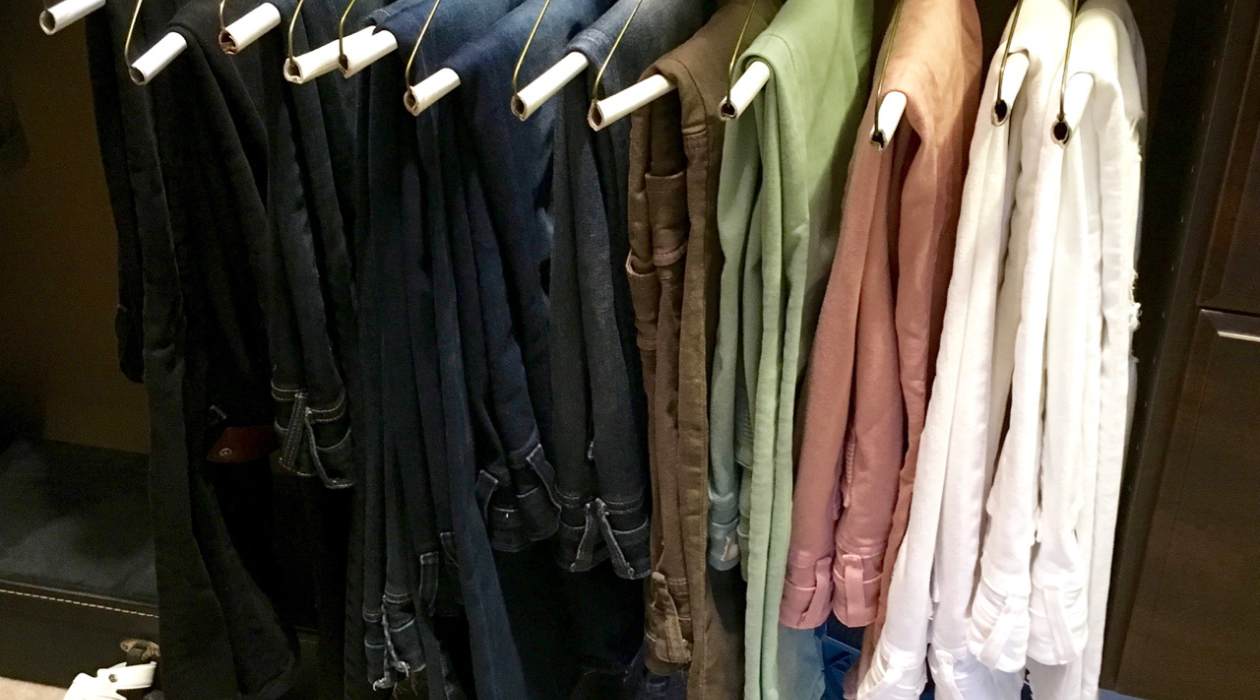
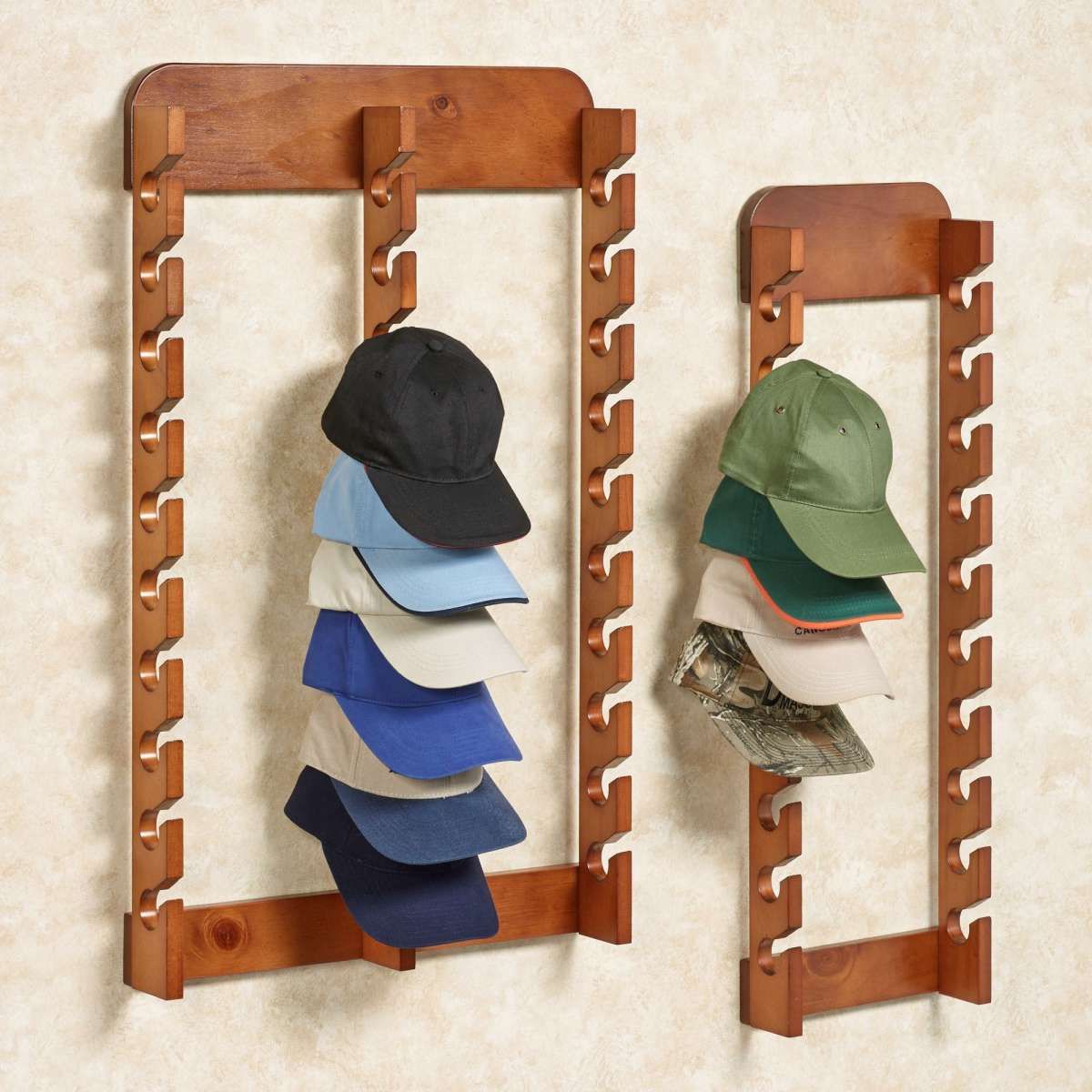

0 thoughts on “How To Store Linens In Closet”